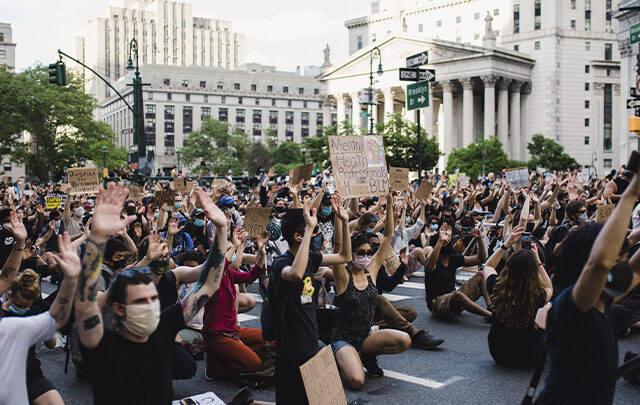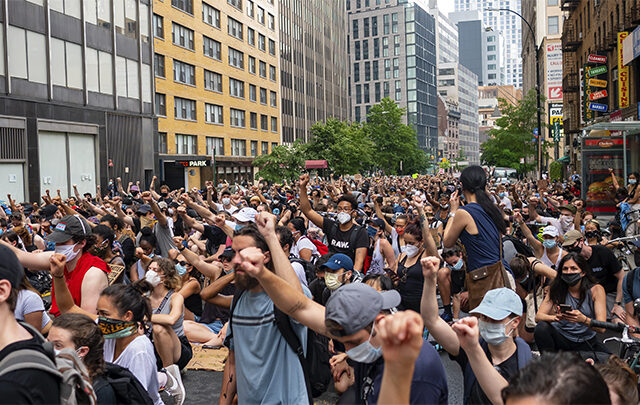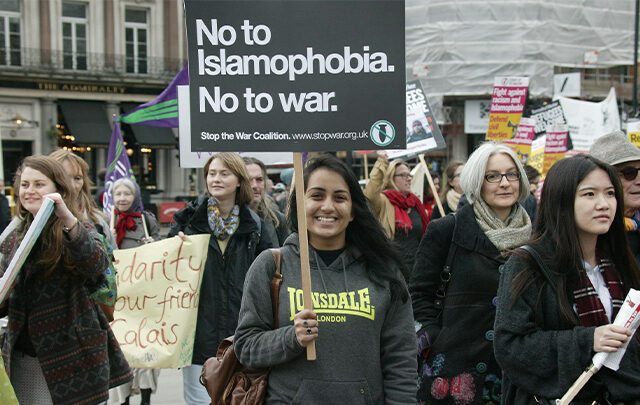A theatricalized action is a statement of political position or expression of political protest in a creative form, using theatrical props and involving (if necessary) professional actors. In essence, a theatrical protest is the use for political purposes of a phenomenon in the arts called happening and performance art.
Happening is a trend in postmodernism that has moved from creating aesthetic objects to works-processes, that is, “artistic events” realized either by the artist himself or by his assistants and spectators acting according to his plan, which is also the name of the work-events or actions. Happenings are a kind of micro-performances with elements of plot and the presence of theatrical props, or more abstract rhythmic, dynamic or stable compositions. They invariably accentuate the free “space of the game,” which the viewer-participant must experience.
Performance is a type of visual art in the twentieth century in which the work is any action of the artist observed in real time. Unlike theater, in performance art the artist is usually the sole author; performance art is closer to the poetic reading and performance of a piece of music and can be defined as a public gesture (physical, verbal, behavioral, social, etc.).
Performance is radically different from a classical work of art, but it can emphasize different grounds for this difference – temporal duration, provocative, social, playful aspect, so performances can express completely different aesthetic programs.
The main difference between a happening and a performance is that in a happening the spectator is usually involved in the theatrical action, while a performance does not involve the spectator.
The purpose of the theatricalization of a street protest is to attract public and media interest in the event. Creative design of the protest action distinguishes the theatricalized protest action from the classical picketing with the same mass action.
A theatricalized protest action does not require special notification according to the current legislation and can be declared as a meeting or a picket.
The preparation of a theatricalized protest action takes place in several stages:
- Proposal of the idea and creative concept of the action.
- Gathering of potential participants of the action. Discussion of the idea of the action, determination of the date, place and time of the action. Formation of a working group for the preparation of the action and distribution of organizational functions among its participants. 3.
3) Organizational work in preparation for the action: notification of the local authority, writing and sending a press release, working out the technical aspects. - General rehearsal of the event.
- Action.
- Gathering of the participants of the action, analysis of the results and results of the action.




MOST COMMENTED
Forms of protests
Why would people go to protests?
Forms of protests
What is an internal protest?
Largest protests
Khaki ball: the loudest anti-war protests and actions.
Student protests
“The Events of June 4” in China, 1989
Student protests
“The Night of Tlatelolco” in Mexico, 1968
Student protests
Massacre at the University of Kent, 1970
Student protests
Battle of Valle Giulia, Italy, 1968